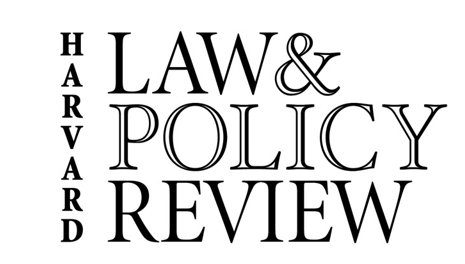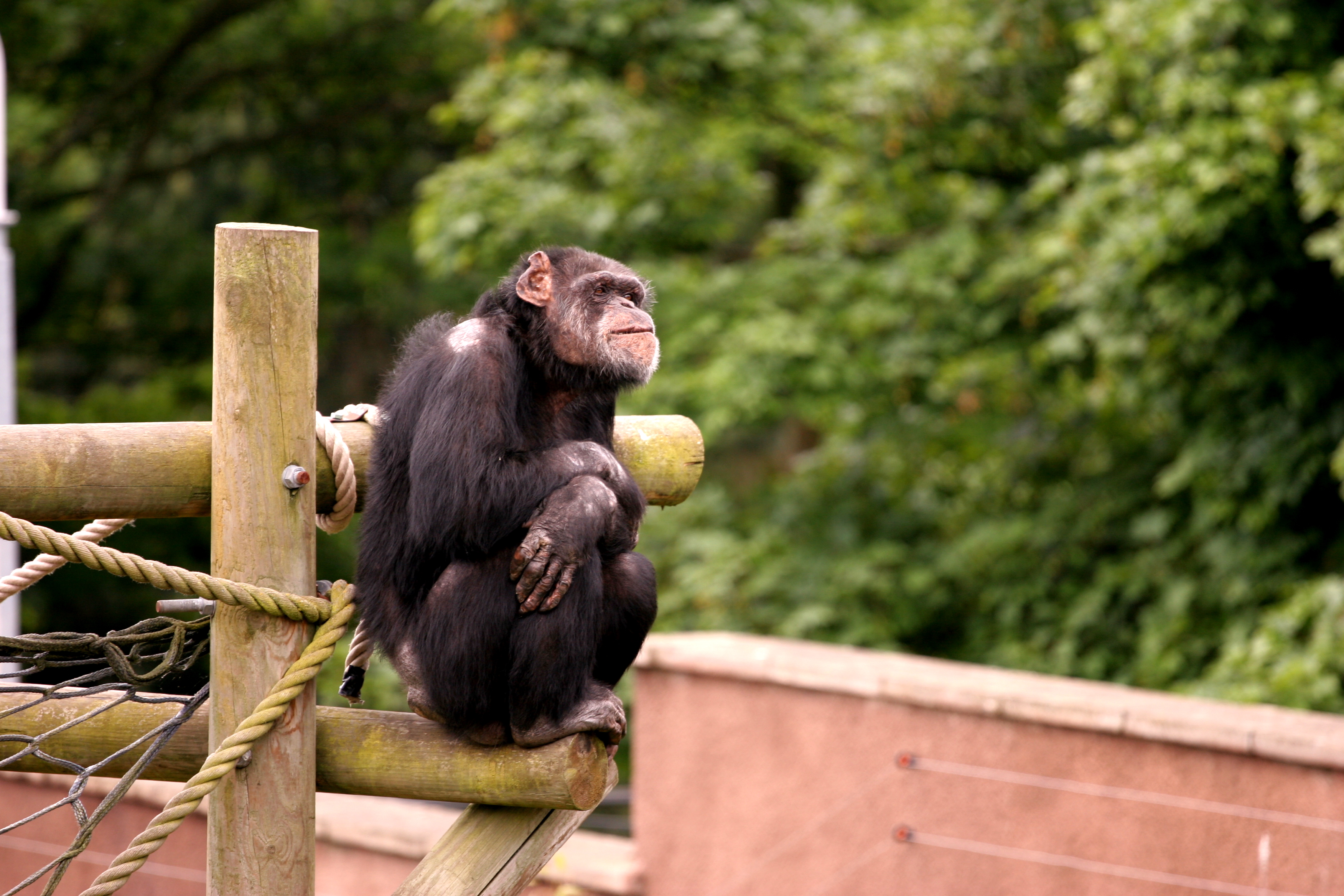By HLPR Online Staff
On Monday, in what animal rights activists are calling a first of its kind ruling, a New York state trial court issued an order to show cause in a habeas corpus proceeding on behalf of two chimpanzees being held for research at Stony Brook University. In granting the order, the court demanded that the university, represented by the New York State Attorney General’s Office, show up and justify the continued captivity of the two chimps.
The group behind the lawsuit, the Nonhuman Rights Project, cheered the ruling, claiming that at a minimum, it meant the court believed “that the chimpanzees could possibly be legal persons for the purpose of Article 70 [New York’s habeas statute].” Some commentators were less enthusiastic, however, emphasizing that the judge merely asked to hear from the other side before ruling, a pretty standard step. For Hercules and Leo, the two chimps at the center of the action, I imagine their take was something like this.
As far as animal rights activism goes, the strategy pursued by the Nonhuman Rights Project is unusual. They aren’t suing under animal cruelty laws, pushing to strengthen such laws, or lobbying the state to step up enforcement. Rather, they are seeking to have the chimps treated as legal persons under existing laws normally thought applicable to, well, humans. They argue that chimps possess a self-determination and cognitive capacity similar enough to humans to be treated as legal persons.
The idea of legal personhood for nonhumans is not new. For well over a hundred years, U.S. corporations have been able to enter into contracts as persons and have been considered persons under the Equal Protection and Due Process Clauses. More recently, as the Roberts Court has taught us well, when it comes to the first amendment, corporations are people too.
But as for asserting that chimps are legal persons under New York’s habeas corpus statute, the strategy suffers from a fatal flaw: “legal person” is a conclusion, not a starting point. By this, I mean that whether someone or something is a legal person doesn’t exist in a vacuum. You cannot just ask, what is a person, and is a chimp like a person? Instead, the definition of person depends entirely on the law at issue. Thus, we find our answer the same way we define any word in a statute—we apply tools of construction.
That the context of the law matters is made clear by the fact that a person under one law might not be a person under another. Title 1, Section 1 of the United States Code, known as the Dictionary Act, defines the word “person” as used in all federal laws, unless otherwise indicated, to include “corporations, companies, associations, firms, partnerships, societies, and joint stock companies, as well as individuals.” By contrast, the definition of person in the U.S. Bankruptcy Code is more expansive, including in certain circumstances governmental units. Thus, we know that particular governmental units can be persons under the Bankruptcy Code while not under numerous other federal laws. And this is not because they are similar to other entities considered persons under the Bankruptcy Code, but rather because of the most basic canon of statutory construction: look at the section titled “Definitions.” Likewise, though corporations are considered persons for Fourteenth and First Amendment purposes, they don’t receive protection from self-incrimination under the Fifth Amendment. A human does, and it’s certainly not because in one instance corporations are suddenly more human-like than in the other. You get the picture.
So in the absence of a section titled “Definitions,” how do we define the word person? The answer is, we define it like any other word in a statute or the Constitution. In Roe v. Wade Justice Blackmun famously pronounced that unborn fetuses were not persons under the Fourteenth Amendment. In reaching that conclusion, he turned to the bread and butter of construction: text and precedent. He looked to every use of the word person in the Constitution and determined that in nearly every instance, the term couldn’t mean a fetus. He then reviewed case law and history, again finding no support for a fetus being a person. Applying that strategy here, there’s nothing in the New York code suggesting that person includes chimps, and plenty of uses of the word where it wouldn’t make sense if it did. As for precedent, the Nonhuman Rights Project has previously lost its “similar-to-humans” argument in New York’s intermediate appellate court, not to mention the complete lack of any other case squarely lending support.
Obviously realizing this is an uphill battle, the Nonhuman Rights Project turns to the court’s own ability to fashion law. It argues that New York’s habeas statute merely provides the procedural means for the writ, and that the substantive standards for its issuance (including the definition of personhood) are governed by common law. Thus, reason and experience can allow the court under its common law authority to consider how similar chimps are to humans. The only problem is that these “procedural” means (the part apparently not subject to common-law development) use the word person more than 75 times by my count. Those who wrote the statute must have meant something when they used that word, and I’m willing to bet it wasn’t chimp (or corporation, or governmental unit).
Though I don’t see the Nonhuman Rights Project ultimately prevailing here, what happened this week is itself a win for animal rights. Demanding an answer from Stony Brook rather than just dismissing the case fosters debate on the issue and brings attention to a worthy moral, if not legal, claim. For what it’s worth, I hope Hercules and Leo do eventually get out. That 5-star Florida resort—I mean chimp sanctuary—where they’d be headed seems pretty nice to me.

